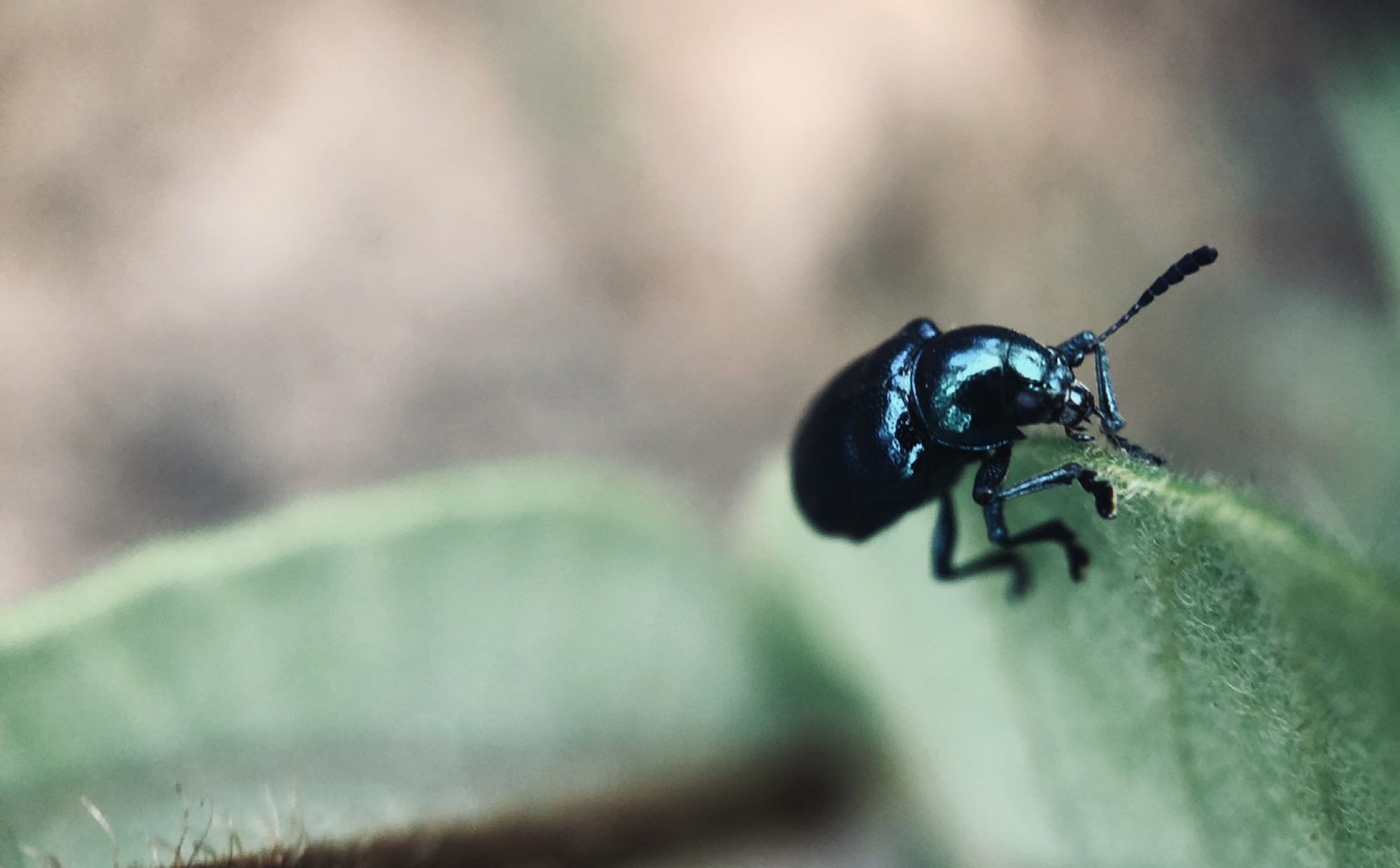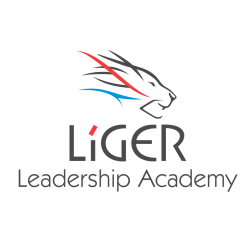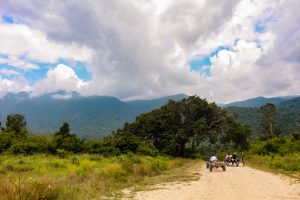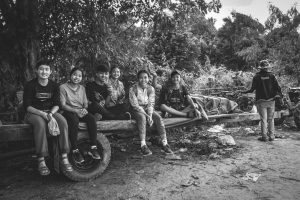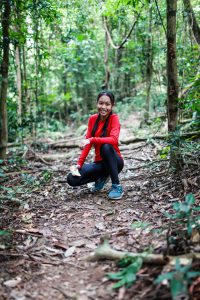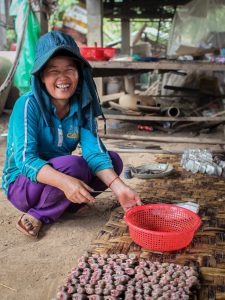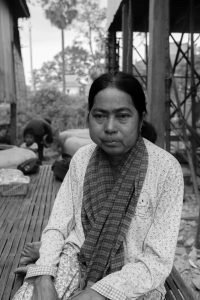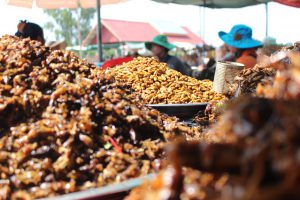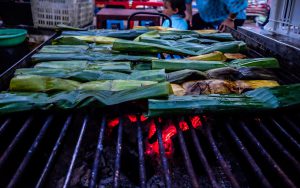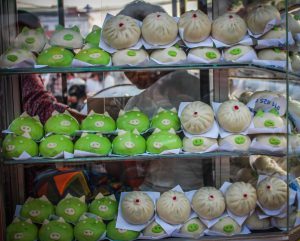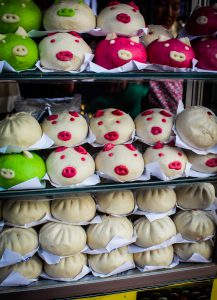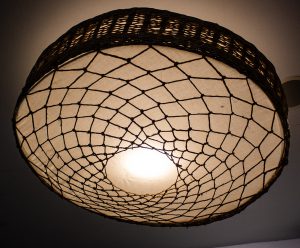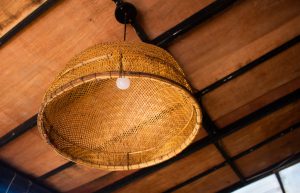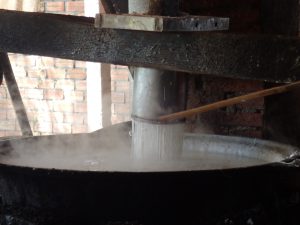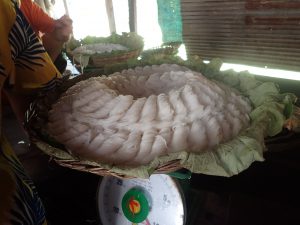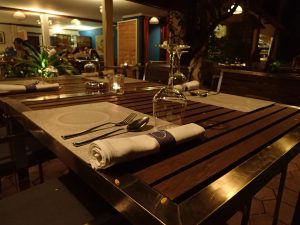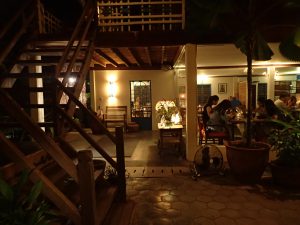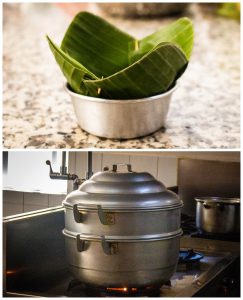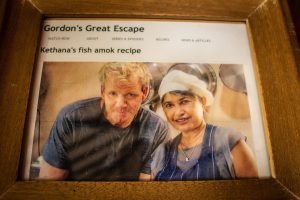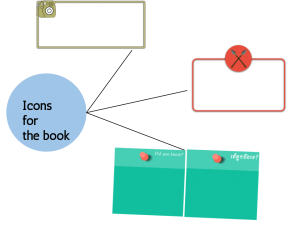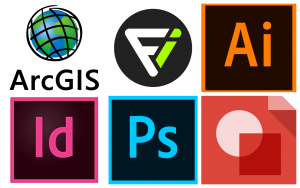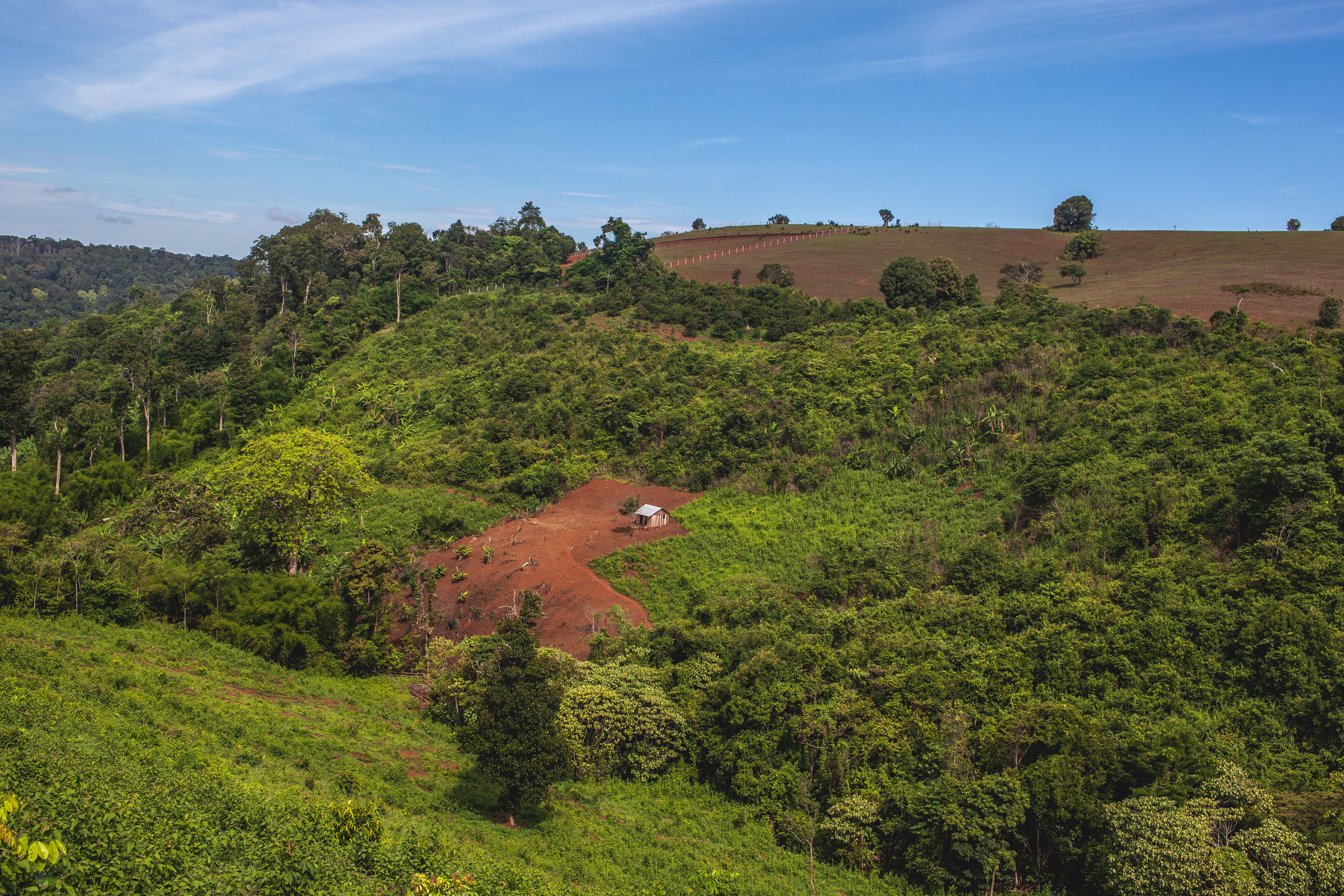
Photo by: Chanda Cheng
It is rare for a person that lives in the city that is surrounded by electricity, modern infrastructure and technology to have a chance to look at beautiful nature. To me, nature is something that occurs by itself and it is our friends. Since technology has been exposed to us, we forget about what nature has offered to us. I never went hiking in my life until I came to Liger Leadership Academy. At the end of year 1, everyone went hiking for 8 km at Kep province. I was pretty exhausted, however, the beauty of nature didn’t make me feel that way. In fact, it pushed me to get involved in hiking more. I really hope that I will have this splendid time again. Fortunately, my wish came true. It was the second hike of my life. Me and other 11 students went to two provinces in Cambodia (Kampong Speu & Mondulkiri). I got this second chance through project-based learning called “Outdoor Leadership”.
I had three main goals for these trips. They were learning more about the environment there, seeing new animals/plants and taking risks & overcoming fears. Keeping myself hydrated is also important because health is one of life’s priorities. After I learned about the 4 leadership styles & roles, I was also interested in using at least one of them during the trip.
During the Kirirom trip, I had a lot of fun and I did a very good job of being an active follower. However, we didn’t really engage much during trekking. Therefore, my plan for the next trip was to be engaging and showing as much enthusiasm as I can to make this journey more fun.
Like one of our group members said, Mondulkiri was a very challenging trip. It really was because there are a lot of challenges and risks that we had to go through together as a team. Moreover, everything about this Mondulkiri trip went beyond my expectations.
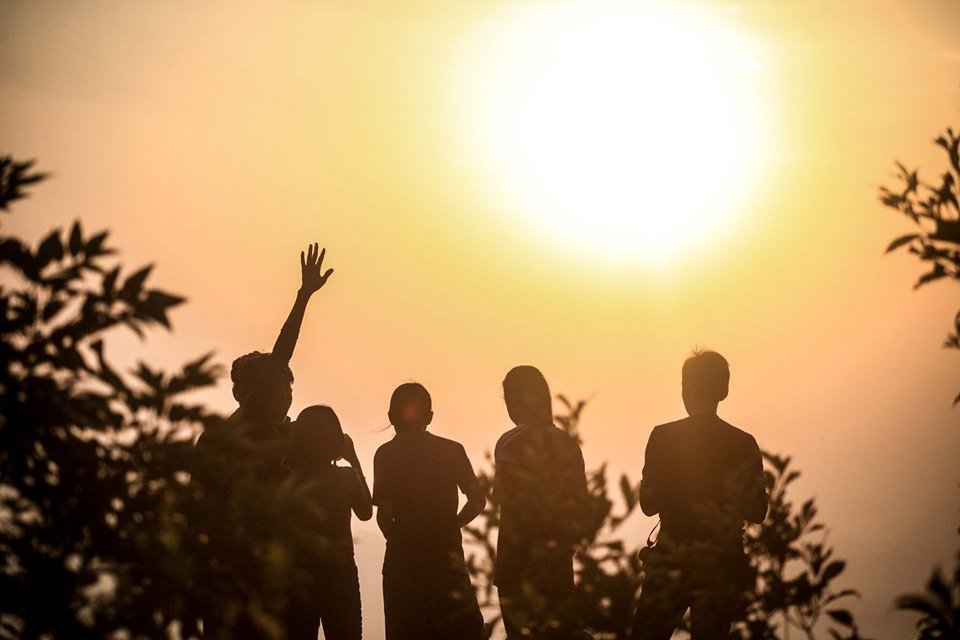
Photo by: Chornson Sum
First things first, I had to overcome my fear of heights. I feel a sense of panic and anxiety when I am at a high place. However, staying at a high place with beauty didn’t give me a sense of fear at all. After I had overcome my fear of heights, there was still an obstacle which is the leeches. It was my first time seeing leeches. Seeing them bite one of the teammates, I started shaking. I almost couldn’t continue the journey because it scared and creeped me out. At the end, I won’t give up on what I’m doing because we almost reached our destination. I believe that we have to assess the risk and understand about it first before starting to feel panic. Soon after, one of our teammates got bitten by the leech. I was close to her, but I was also afraid of it, but I couldn’t ignore it and left her like that. That’s why I had to step up and become comfortable with the uncomfortable. I hesitated to pick that leech with my bare hands, but that’s what I had to do to achieve this goal to “take risks and overcome fears” which I’ve mentioned before. After the fear of leeches was over, we encountered the steep way. It might be the steepest way that I’ve ever walked on. We had to be very cautious to avoid injuries. To me, I’m very proud of the teammates on our collaboration and communication. We used the sign called “Red Light, Yellow Light, and Green Light” that we used to determine our trekking speed. Red Light means to stop. Yellow Light means to trek slowly and Green Light means to continue. Everyone did a great job with listening and understanding each other even though they were good to continue while there was one person or people who wouldn’t be able to. Talking about communication, it happened to not only me, but other students as well about speak up for ourselves which we called “self-advocate”. There were challenges that will make us stop and take our packs off such as being exhausted, dehydrated, injured, etc. If we don’t speak up and let our teammates continue, our problems would keep going. That’s why it is very important to speak up before the problem gets worse.

After a long journey of hiking with steep and leeches, we came back along with the rain. When we came back to the campsite, I was disappointed because the tents were wet and most of our clothes got wet and we had two days more to go. But this exploration taught me to have hope. Instead of focusing on problems, we worked on the solution instead. We decided to sleep at the tour guide’s house and hoped it would not rain tomorrow. At the end of the day, we were happy with what we had and what we did.
I believe that those leeches, thunder storms, going through the steep way are worth it. Like a quote says “There is a light at the end of the tunnel”. We got to see the beautiful waterfalls, birds, plants and elephant. That might be the most rewarding part of this trip.

One specific thing that I could have done more is to be more curious about nature. I could have asked more questions and learned more about the environment there. The trees, creatures, waterfall, and everything is so perfect that they deserve to be known and visited.
Overall, the journey with these amazing people gave me one of the best moments of my life. I’m so thankful to have had the opportunity to be surrounded by nature and learn about leadership in outdoors. If there’s another chance to have another time like this again, I would be very ecstatic to join!

